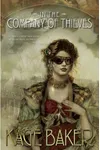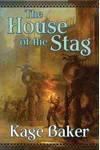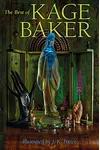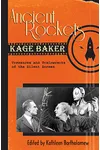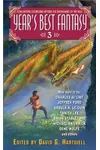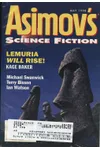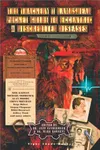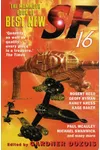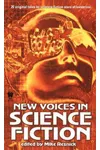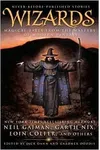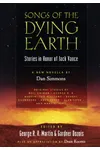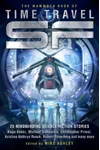Picture a Hollywood-born storyteller who spun tales of time-traveling cyborgs and Elizabethan intrigue—meet Kage Baker! This American author, with her sharp wit and love for history, carved a unique niche in science fiction and fantasy. Best known for her Company series, Baker blended past and future with a playful, meticulous style that won her a Nebula Award and a lasting fanbase.
Though her life was cut short by cancer in 2010, Baker’s imaginative worlds continue to captivate readers. From her debut novel to her posthumous works, her stories are a delightful mix of humor, heart, and historical depth. Let’s dive into the life and legacy of this remarkable writer!
The Making of Kage Baker
Born on June 10, 1952, in Hollywood, California, Kage Baker grew up surrounded by the glitz of Tinseltown. Her unusual name—pronounced like “cage”—was a blend of her grandmothers’ names, Kate and Genevieve. With a flair for the dramatic, Baker spent years in theater, even teaching Elizabethan English as a second language. This passion for history and performance would later infuse her writing with vivid authenticity.
Baker’s path to writing wasn’t straightforward. She worked as a mural painter, stage manager, and clerk before her stories caught the eye of Asimov’s Science Fiction magazine in 1997. That same year, her debut novel, In the Garden of Iden, launched her into the literary spotlight, introducing readers to her signature blend of sci-fi and historical fiction.
Kage Baker’s Unforgettable Stories
Baker’s Company series, also known as Dr. Zeus, Inc., is her crowning achievement. This sprawling saga follows immortal cyborgs who travel through time to preserve art and artifacts for a future corporation. In the Garden of Iden (1997) kicks off the series with Mendoza, a young cyborg botanist navigating love and duty in Tudor England. The novel’s mix of romance, wit, and historical detail hooked readers instantly.
Other standout works include Mendoza in Hollywood (2000), a time-travel romp through the Wild West, and The Empress of Mars (2003), a novella that won the Theodore Sturgeon Award for its quirky tale of Martian settlers. Baker’s The Women of Nell Gwynne’s (2009) earned a Nebula Award for its steampunk-inspired adventure. Her style—rich with humor, layered characters, and meticulously researched settings—made her stories feel like a chat with a witty, time-traveling friend.
Beyond the Company series, Baker explored fantasy in The Anvil of the World (2003), a humorous tale of a retired assassin, and wrote evocative short stories, many collected in The Best of Kage Baker (2012). Her ability to weave history, science, and human emotion set her apart in the genre.
Why Kage Baker Matters
Kage Baker’s work reshaped historical science fiction by proving that time travel could be both intellectually rigorous and wildly entertaining. Her meticulous research brought past eras to life, while her playful tone made complex ideas accessible. Fans and critics alike praised her for balancing humor with poignant themes of identity, immortality, and human connection.
Despite her passing in 2010, Baker’s legacy endures through her novels, short stories, and the posthumous collection Ancient Rockets (2011), edited by her sister Kathleen Bartholomew. Her influence lingers in the genre, inspiring writers to blend history and speculative fiction with the same bold creativity.
- Born: June 10, 1952, Hollywood, California
- Key Works: In the Garden of Iden, The Empress of Mars, The Women of Nell Gwynne’s
- Awards: Nebula Award (2009), Theodore Sturgeon Award (2003)
- Died: January 31, 2010
Ready to explore a world where cyborgs roam Tudor England and Mars feels like home? Snag In the Garden of Iden and dive into Kage Baker’s dazzling blend of sci-fi and history!











